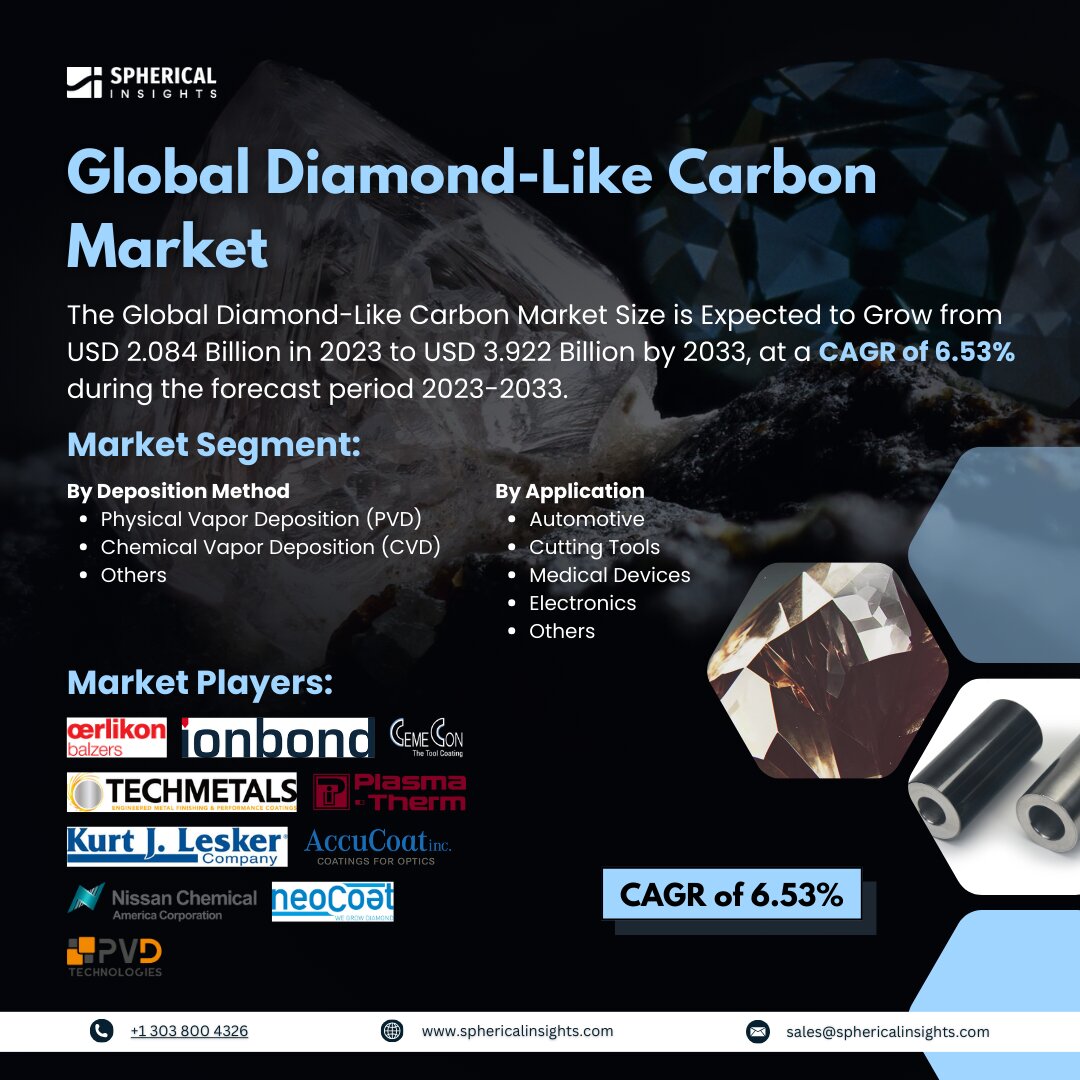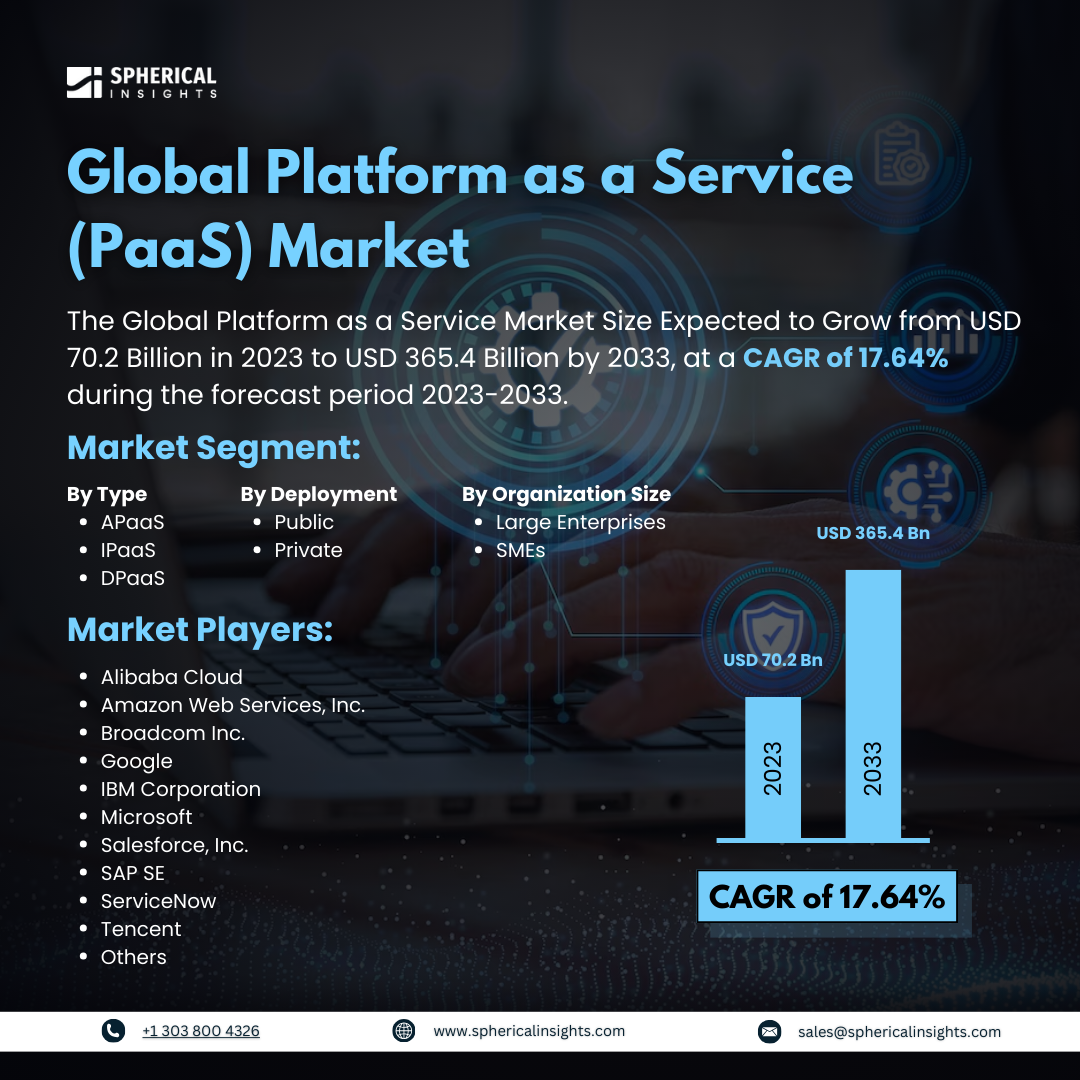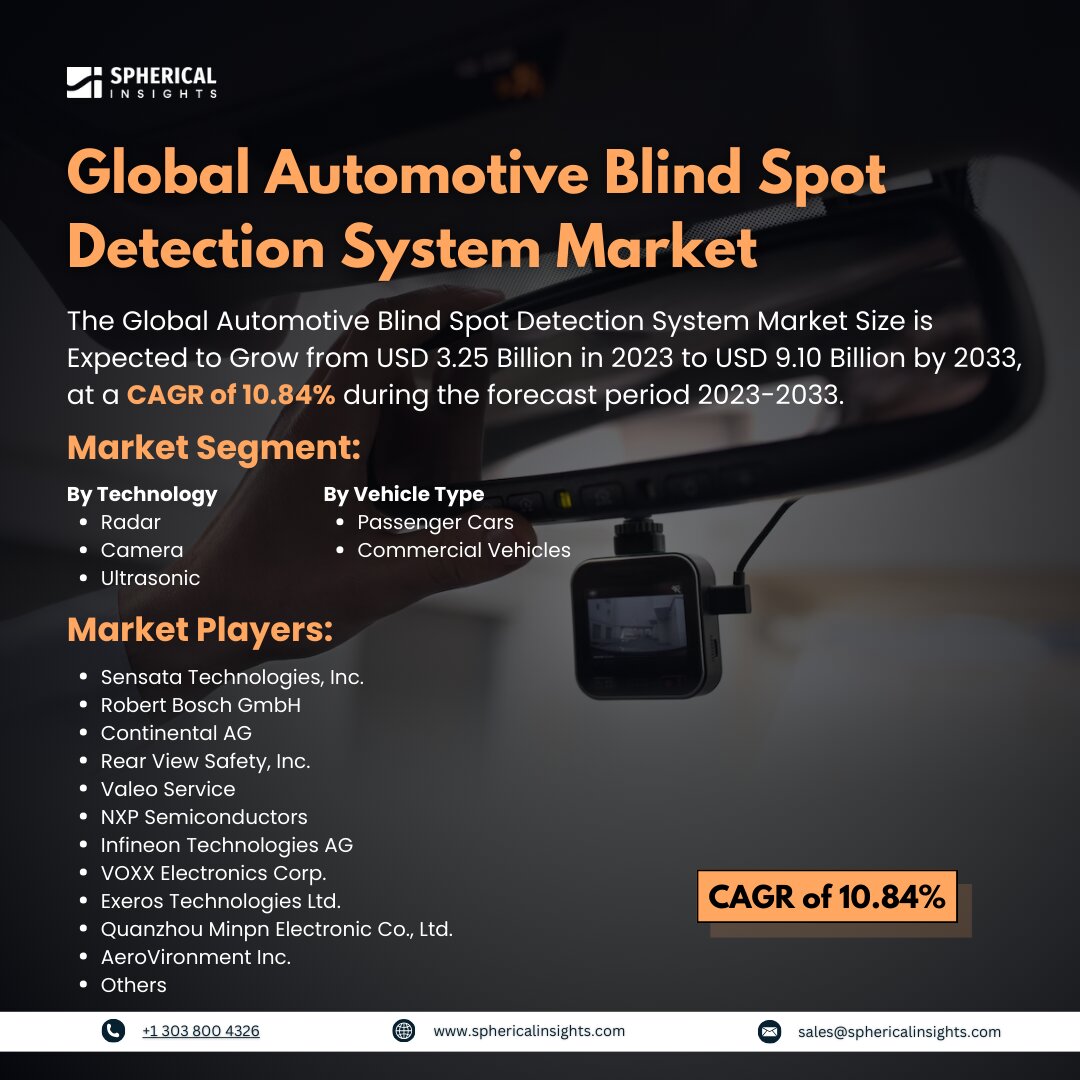Global Diamond-Like Carbon Market Size To Worth USD 3.922 Billion By 2033
According to a research report published by Spherical Insights & Consulting, the Global Diamond-Like Carbon Market Size is Expected to Grow from USD 2.084 Billion in 2023 to USD 3.922 Billion by 2033, at a CAGR of 6.53% during the forecast period 2023-2033.
Browse key industry insights spread across 210 pages with 110 Market data tables and figures & charts from the report on the Global Diamond-Like Carbon Market Size, Share, and COVID-19 Impact Analysis, By Deposition Method (Physical Vapor Deposition (PVD), Chemical Vapor Deposition (CVD), and Others), By Application (Automotive, Cutting Tools, Medical Devices, Electronics, and Others), By Coating Thickness (Less than 2 µm, 2-5 µm, and More than 5 µm), and By Region (North America, Europe, Asia-Pacific, Latin America, Middle East, and Africa), Analysis and Forecast 2023 – 2033.
The diamond-like carbon (DLC) market is the production and supply of DLC coatings and materials, which are used in various applications such as automotive components, medical devices, electronics, aerospace, and industrial machinery. DLC, an amorphous carbon material, exhibits properties like hardness, wear resistance, and chemical inertness, and is applied to various substrates to enhance their performance and durability. Different types of DLC coatings are available, including hydrogenated, hydrogen-free, metal-containing, and non-metal doped. The demand for diamond-like carbon coatings is expected to rise due to the increasing industrial automation in sectors like automotive, manufacturing, and electronics. These coatings are ideal for wear-resistant devices like automotive components and cutting tools. Manufacturers' investments in automation are expected to boost market growth. The automotive industry is driving the global diamond-like carbon market growth, with DLC films being widely used in automotive components due to their high hardness, low friction coefficient, excellent corrosion and wear resistance, and their ability to meet emission standards. The Indian government is promoting the use of DLC coatings in industries to reduce environmental impact and improve product longevity, as part of its commitment to sustainable development and reducing greenhouse gas emissions. However, the global diamond-like carbon market faces challenges due to high manufacturing costs, high vacuum deposition process, expensive raw materials, and complex processes.
The physical vapor deposition (PVD) segment accounted for 54.8% of the market share in 2023 and is expected to grow at a significant CAGR during the forecast period.
Based on the deposition method, the diamond-like carbon market is classified into physical vapor deposition (PVD), chemical vapor deposition (CVD), and others. Among these, the physical vapor deposition (PVD) segment accounted for 54.8% of the market share in 2023 and is expected to grow at a significant CAGR during the forecast period. PVD technology offers precision and uniformity in coatings, making it ideal for applications like medical devices, semiconductors, and consumer electronics. It also allows for complex 3D geometries and large surface areas. Industry leaders continue to innovate, resulting in high-performance, durable coatings with exceptional mechanical, tribological, and optical properties. PVD maintains its dominant market share.
The automotive segment accounted for 38.2% of the market share in 2023 and is expected to grow at a significant CAGR during the forecast period.
Based on the application, the diamond-like carbon market is divided into automotive, cutting tools, medical devices, electronics, and others. Among these, the automotive segment accounted for 38.2% of the market share in 2023 and is expected to grow at a significant CAGR during the forecast period. The automotive industry is rapidly adopting diamond-like carbon coatings to boost fuel efficiency and reduce emissions. DLC coatings offer lightweighting, lower friction, wear resistance, and enhanced performance. They are suitable for engine components, exterior trim, and autonomous and electric vehicles. The demand for specialized DLC nanocoating is expected to continue in the future.
The less than 2 μm segment accounted for 33.9% of the market share in 2023 and is expected to grow at a significant CAGR during the forecast period.
Based on the coating thickness, the diamond-like carbon market is divided into less than 2 µm, 2-5 µm, and more than 5 µm. Among these, the less than 2 μm segment accounted for 33.9% of the market share in 2023 and is expected to grow at a significant CAGR during the forecast period. Ultra-thin DLC coatings below 2 μm offer enhanced kinetic properties and surface reactivity, making them ideal for passivation layer applications in MEMS, nano-imprint lithography, and next-gen storage media. Their tunable conductivity also shows promise in biosensor and electrochemical applications, driving uptake in the less than 2 μm segment.
North America is estimated to hold the largest share of the diamond-like carbon market over the forecast period.
North America is estimated to hold the largest share of the diamond-like carbon market over the forecast period. The demand for diamond-like carbon coatings has remained continuously high throughout the years due to the existence of significant end-use industries like construction, automotive, and aerospace & defense. Global leaders in these sectors, including Boeing, General Motors, Caterpillar, and others, are based in the region. These companies mostly use diamond-like carbon coatings for components that need to be extremely strong, hard, and heat resistant.
Asia Pacific is predicted to have the fastest CAGR growth in the diamond-like carbon market over the forecast period. China, India, and South Korea are rapidly industrializing, increasing the demand for diamond like carbon (DLC) coatings in various industries. China and India are leading auto producers, while aerospace manufacturing clusters boost demand for aircraft components. China's cost-competitive service providers and skilled labor make it an important exporter, while India strengthens its position as a supplier.
Competitive Analysis
Major key players in the diamond-like carbon market include Oerlikon Balzers, Ionbond, Techmetals, IHI Ionbond, Kurt J. Lesker Company, Plasma-Therm, Advanced Coating, Diamond Innovations, CemeCon, Surface Technology Systems (STS), Nissan Chemical Industries, AccuCoat, Neocoat, PVD Coatings Ltd, Covalent Coatings and Others.
Recent Development
- In January 2025, a novel Diamond-Like Carbon (DLC) covering was introduced by NanoTech Coatings. With its remarkable hardness, wear resistance, and low friction, this coating which is intended for industrial machinery—is perfect for use in the manufacturing, automotive, and aerospace sectors.
- In December 2023, AxynTeC Dünnschichttechnik, a German company, has been acquired by Nanofilm Technologies, a prominent supplier of thin-film coatings and surface treatments. With this calculated move, Nanofilm hopes to increase the range of thin-film coatings it offers, including diamond-like carbon (DLC) hard coatings.
Key Target Audience
- Market Players
- Investors
- End-users
- Government Authorities
- Consulting And Research Firm
- Venture capitalists
- Value-Added Resellers (VARs)
Market Segment
This study forecasts revenue at global, regional, and country levels from 2023 to 2033. Spherical Insights has segmented the diamond-like carbon market based on the below-mentioned segments:
Global Diamond-Like Carbon Market, By Deposition Method
- Physical Vapor Deposition (PVD)
- Chemical Vapor Deposition (CVD)
- Others
Global Diamond-Like Carbon Market, By Application
- Automotive
- Cutting Tools
- Medical Devices
- Electronics
- Others
Global Diamond-Like Carbon Market, By Coating Thickness
- Less than 2 µm
- 2-5 µm
- More than 5 µm
Global Diamond-Like Carbon Market, By Regional Analysis
- North America
- Europe
- Germany
- UK
- France
- Italy
- Spain
- Russia
- Rest of Europe
- Asia Pacific
- China
- Japan
- India
- South Korea
- Australia
- Rest of Asia Pacific
- South America
- Brazil
- Argentina
- Rest of South America
- Middle East & Africa
- UAE
- Saudi Arabia
- Qatar
- South Africa
- Rest of the Middle East & Africa



